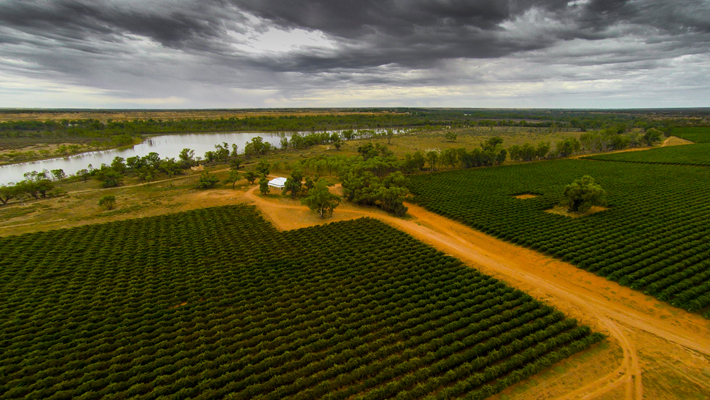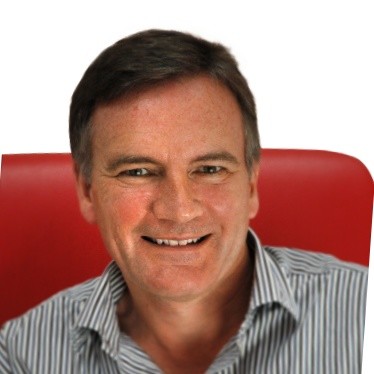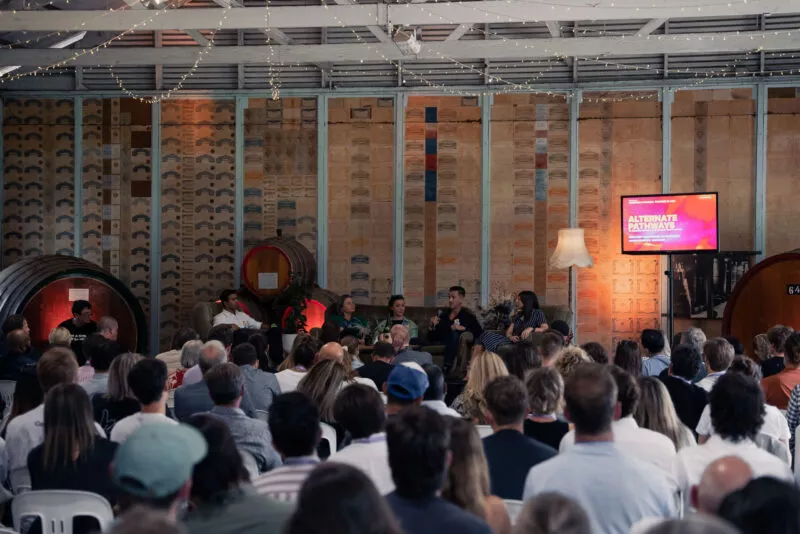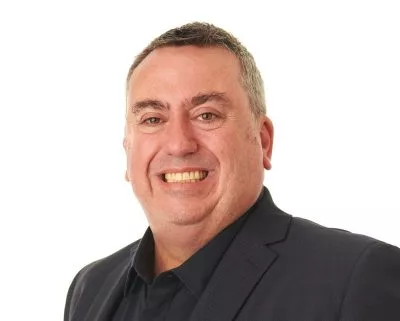How to add value through innovation and confidence in the product
It is not enough to make a new product or service of merit, its owners have to believe in it and believe in without reservation. That belief needs to be built on a solid foundation.
Byrne Vineyards developed their Antiquarian Rare Field White blend in response to a number of factors (which I’ll blather on about) attempting to take under-utilised and under-valued grapes from commoditised bulk white wine to a premium bottled wine on wine lists of restaurants around Australia and the world. But how can one be sure that your belief is built on a solid foundation? This case study shows one route which has resulted in success. Byrne Vineyards, a family-owned wine business with extensive vineyards in the Riverland and Clare has been a clients of mine for a number of years. One of the knotty problems the business faced was the low profitability of their Riverland vineyards; it’s a region-wide problem related to the perception of low quality among grape-buyers, a view which many of the region’s growers have come to accept as being true. Of particular concern to Byrne’s management were four blocks of so-called “none-preferred whites”: grapes for which there was no market. Rather than bulldoze four blocks of mature vines we came up with a radical solution. Together with Peter Gajewski, Byrne’s winemaker we contrived to use some of these grapes to make a small batch of a premium quality and priced wine.
To convince the management team of our plan we shared with them a wine which I’d drunk and had been profoundly impressed by. It was a wine from a hot, inland region of South Africa, a region not dissimilar to the Riverland. It sells for around $50. We were given the go-ahead to make 6 barrels; we’d got the business onside.
Having won-over the management it was then necessary to convince the vineyard team that what they saw as no-hoper varieties could be made into world-class wine….and that they should go the extra yards to pick the small volumes of each variety that we needed. Picking half a bin of one variety and then topping the bin up with small volumes of three other varieties grapes is quite a mindset change when you’re used to simply filling bins with the one variety until the vineyard is fully picked. Visits to the vineyard and a bit of help come the day of picking got the vineyard team across the line.
Making the wine was the easy bit and right, we pressed the grapes and fermented all four varieties together, a technique called co-fermentation. Through the fermentation process we could see that something special was emerging. Vintage is a whirl of update emails but to keep everybody’s confidence in the project we added to the flow of emails across the business enthusiastically trumpeting the progress of the wine.
So how did we know that what we’d made was any good? Even before we bottled the wine we benchmark tasted it against other $50 wines to sense check its value and to create engagement with the sales and marketing teams. We sent samples to colleagues in different areas of the industry, including a sommelier or two to get their thoughts. Buoyed by external feedback and our own tasting results we bottled the wine in a premium bottle, under Byrne’s top tier label, Antiquarian. Everyone within the business believed in the wine.
With no obvious sales channel to take the wine to market we began to show the wine and share the story with as many influencers and opinion formers as we could. A large group of Masters of Wine visiting Adelaide were amongst the first tasters followed by a showing at a Masterclass event at The London Wine Trade Fair. A bottle shared at a graduation dinner for wine students resulted in Airoldi Fine Wines taking on distribution across Australia; it sits on their wine list alongside First Growth Bordeaux and other ‘blue-chip’ brands. Airoldi sells the wine into restaurants at which I can’t to eat and that’s precisely the profile we wanted.
UK distribution was gained at a trade fair in Germany; we pressed the wine into the hand of everyone we could persuade to come to the stand on the first day and then the word-of-mouth effect took over. Winemakers, buyers and journalists coming to the stand to try the wine they’d heard so much about. Our belief and excitement about the wine, all based on a solid conviction that the wine was of great quality, undoubtedly helped secure the listing.
With distribution in place we have continued to place the wine into the glasses of opinion formers at every available opportunity. When Melbourne hosted the World’s 50 Top Chefs award Antiquarian Rare Field White was one of the wines served at the awards dinner. At Adelaide’s Cellar Door Festival the wine was included in a masterclass entitled ‘Gems of the Riverland’ where sixty visitors got to taste the wine. We’ve had stellar reviews of the wine from many of the UK’s leading wine writers and significant laudatory coverage of the wine from Tim White and Max Allen in the Australian media. Antiquarian was included in Matthew Jukes’ Top 100 Australian Wines 2017 further boosting its recognition.
Of those six barrels of the 2015 vintage we’ve probably invested one barrel’s worth in targeted samples and while that sounds like quite a price to pay I’m confident that it’s money well spent. We’re on the way to building a brand, we’re solving the vineyard problem because we increased the production from six to 20 barrels in 2016 and that’s a wine which is already selling. We’re helping to re-shape the perception of the Riverland region to broader economic benefit. As a bonus, if I save really hard, I can get to drink the wine in a great Sydney restaurant at $100 plus a bottle.




